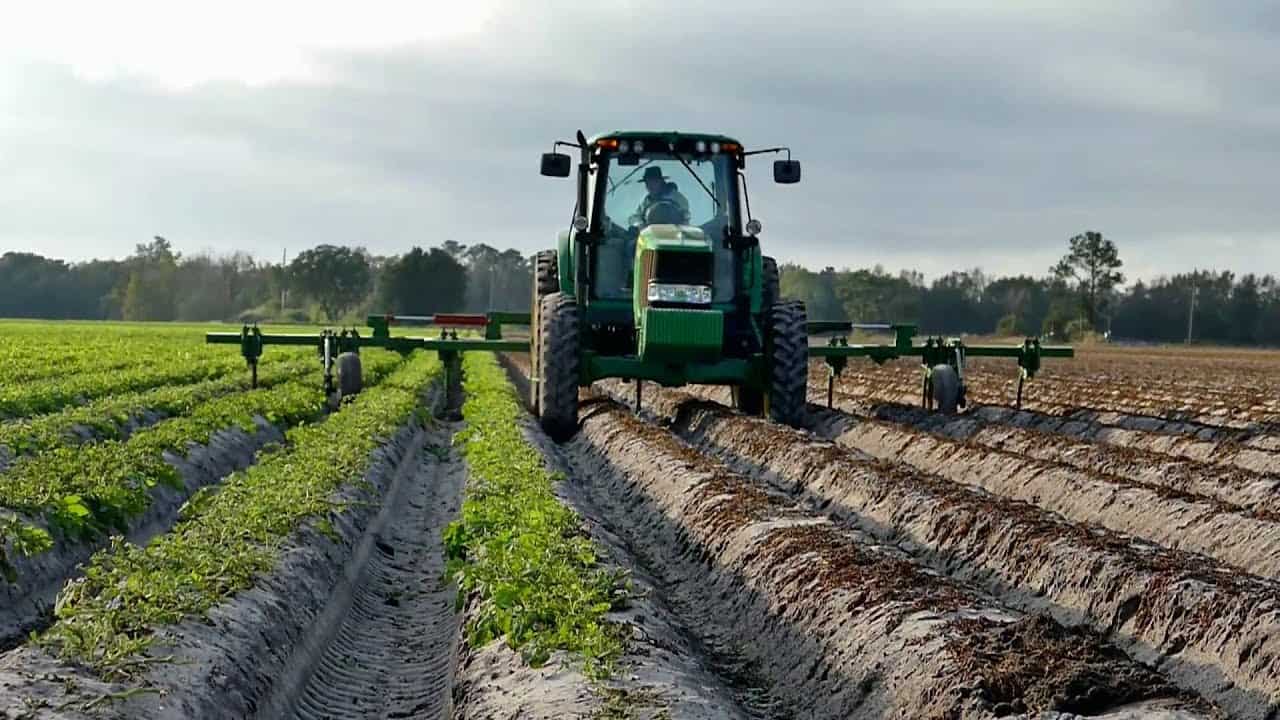April 29th 2020
By: Jim Frankowiak
Chances are that many, if not all of you, know the importance of tourism as it relates to Florida’s economy. But did you know the second largest contributor to the Sunshine State’s economy is agriculture, employing 2 million people and contributing more than $104 billion to Florida’s economy or Gross Domestic Product every year? .
Florida agriculture is diverse. If we take a quick look at agriculture in Hillsborough, Pasco and Polk counties as detailed in the U.S. Department of Agriculture’s most recent Census of Agriculture (2018) you should get a clear picture in just those three of Florida’s 67 counties of how that diversity is manifest.
According to the Census, Hillsborough County had 2,265 farms with 180,300 acres of land in farms. Top crops in acres included vegetables, berries, strawberries, forage (hay/haylage) and oranges. Livestock inventory in the county was topped by 38,898 cattle and calves.

At the same time Pasco County had 1,165 farms with a total of 191,517 acres of land in farms. Top crops in Pasco by acre included forage, oranges, grass seed, berries and blueberries. Cattle and calves numbered 35,182
Polk County had 2,080 farms with 487,128 acres of land in farms. Top crops in the county included oranges, forage, harvested sod, tangerines and grapefruit. The county’s livestock inventory totaled 83,642 cattle and calves.
While the listed counties were different in terms of crops and livestock counts, each has substantial seasonal crops and that means farmers in each of those counties has been hit and hit hard by the impact of COVID-19. The Florida Department of Agriculture and Consumer Services (FDACS) issued a Florida Seasonal Crop COVID-19 Impact Assessment April 15 that was based on information gathered utilizing statewide phone interviews with growers. Seasonal crop losses through April 15 were projected to be “upwards of $522.5 million,” according to the assessment. In addition to crop losses, the assessment cited “foreign, unfairly priced high volumes of Mexican imports continue to surge across the border, over-saturating the U.S. market and driving prices below the economical point to harvest, pack, cool and ship the domestic product.”
Cattle ranchers are not immune to the impact of the pandemic. A growing number of meat processing facilities have been closed and those remaining open have taken measures to assure employee safety. Those steps have resulted in slower processing, negatively affecting the important timing factor that applies when brining cattle to market, resulting in lower prices. Add to that restaurant and school closings and you can see how the pandemic is hurting ranchers in the state.
However, Florida farmers and ranchers have by no means given up. In addition, support has grown from FDACS, Extension and the federal government. John Hoblick, president of the Florida Farm Bureau Federation, the state’s largest agricultural organization with more than 146,000 members, identified the most meaningful ways to help agriculture in his letter to Governor Ron De Santis, acknowledging his appreciation for appointment to the 19-member Re-Open Task Force Industry Working Group. His recommendations include:
- Move responsibly but quickly to reopen Florida’s economy
- Effectively promote Florida-grown products
- Create innovative approaches to incentivize purchase of Florida-grown products
- Increase sales of Florida-grown commodities to governmental entities and agencies
- Urge the U.S. Department of Agriculture to reinstate Country of Origin Labeling (COOL) rules
- Utilize state plant inspectors to more effectively scrutinize products imported from foreign countries
FDACS and many county Extension offices in the state have also introduced ways for producers to link with consumers, benefitting both during these difficult times and into the future. This will be an uphill struggle for farmers and ranchers to survive and recoup, but they are not alone. You might want to give this some consideration the next time you shop for groceries.
